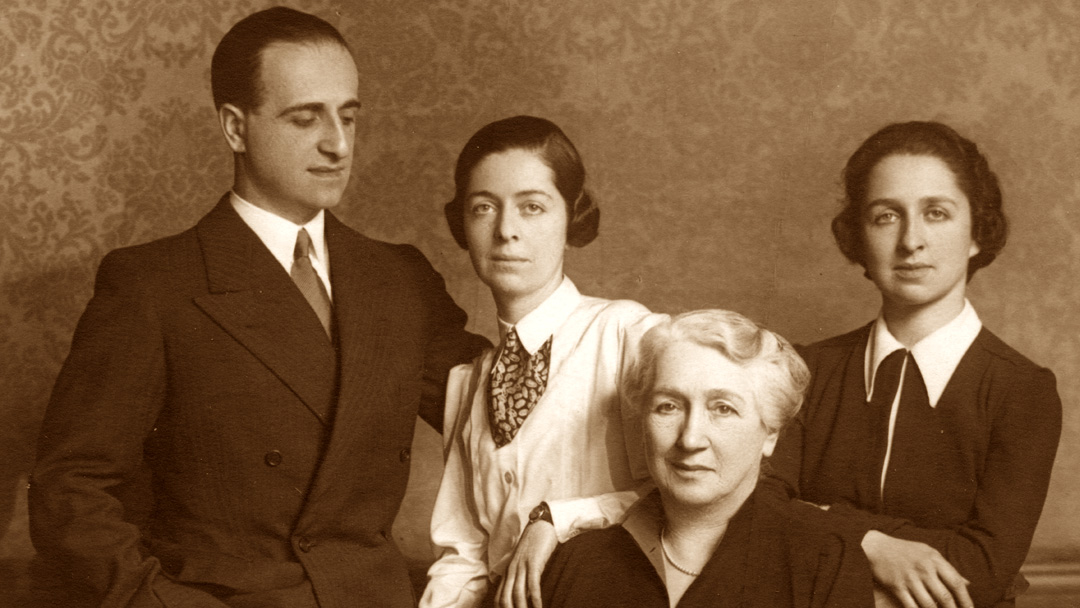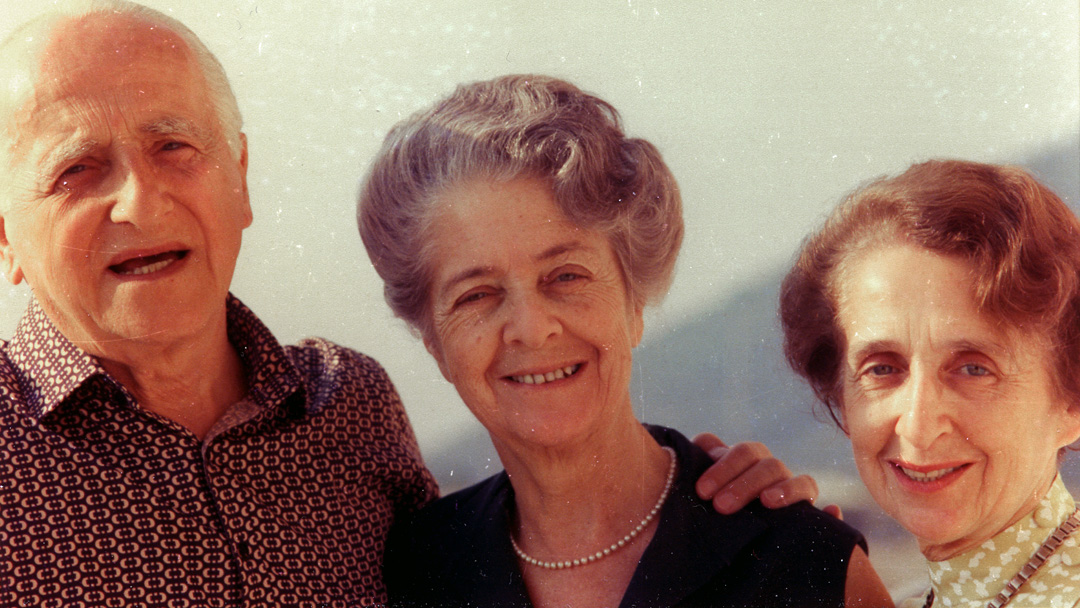Paola Levi-Montalcini
La scienziata dell’arte
Sorella gemella di Rita, (Torino, 22.04.1909 – Roma, 29.09.2000). Finito il liceo femminile, frequenta lo studio di Felice Casorati. Alle prime mostre del 1928, ne seguono moltissime altre incluse più edizioni della Quadriennale di Roma e della Biennale di Venezia.
Dopo la guerra abbandona il figurativo per attraversare i più svariati movimenti artistici: dall’astrattismo al Mac, dai collage fotografici alle strutture cinetiche luminose tridimensionali in perspek, dalle morsure in rame alle costruzioni in alluminio o in legno.
Sempre alla ricerca di nuove esperienze espressive frequenta l’Atelier Hayter a Parigi, si sposta da Londra a New York, esplora mercatini per scovare di oggetti, libri e quant’altro possa soddisfare la sua insaziabile curiosità fonte della sua inesauribile creatività (emblematiche le sue sculture composte da manubri di bicicletta).
Appasionata studiosa di matematica e geometria, accanita lettrice di ogni forma di sapere, acuta critica e dissertatrice, di lei diceva la sua gemella: “Paola non si è mai clonata”, mentre Gillo Dorfles la definiva “una della più grandi artiste del Novecento [che] ha dedicato la sua vita con rigore e passione alla pittura e alla scultura”. Lascia numerosi scritti e quaderni di studi e appunti oltre a una ricca testimonianza del suo operato. Sue sculture e suoi quadri sono esposti in vari musei italiani e stranieri.
(Foto di copertina di Roberto Granata)
Pola Levi-Montalcini
The scientist of art
Twin sister of Rita, (Turin, 04.22.1909 – Rome, 09.29.2000). After completing the girls’ high school, she attended Felice Casorati’s studio. The first exhibitions of 1928 were followed by many others, including several editions of the Rome Quadrennial and the Venice Biennale.
After the war she abandoned the figurative to cross the most varied artistic movements: from abstractionism to Mac, from photographic collages to three-dimensional luminous kinetic structures in perspek, from copper etchings to aluminum or wooden constructions.
Always in search of new expressive experiences, she attends the Hayter Atelier in Paris, moves from London to New York, explores flea markets to find objects, books and anything else that can satisfy her insatiable curiosity, the source of her inexhaustible creativity (her sculptures composed of bicycle handlebars).
Passionate student of mathematics and geometry, avid reader of all forms of knowledge, acute critic and dissenter, her twin said of her: “Paola has never cloned herself”, while Gillo Dorfles called her “one of the greatest artists of the twentieth century [who] dedicated her life with rigor and passion to painting and sculpture”. She leaves numerous writings and study notebooks and notes as well as a rich testimony of her work. Her sculptures and paintings are exhibited in various Italian and foreign museums.
(Cover picture by Roberto Granata)


